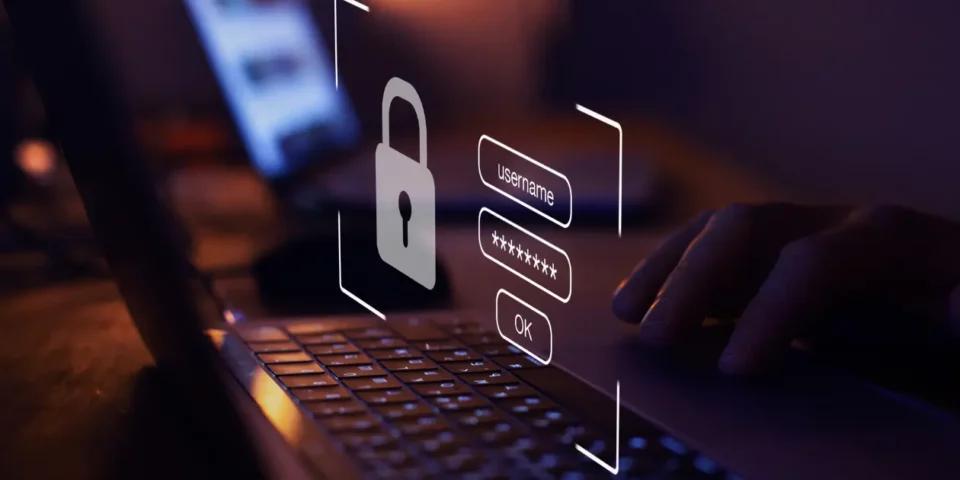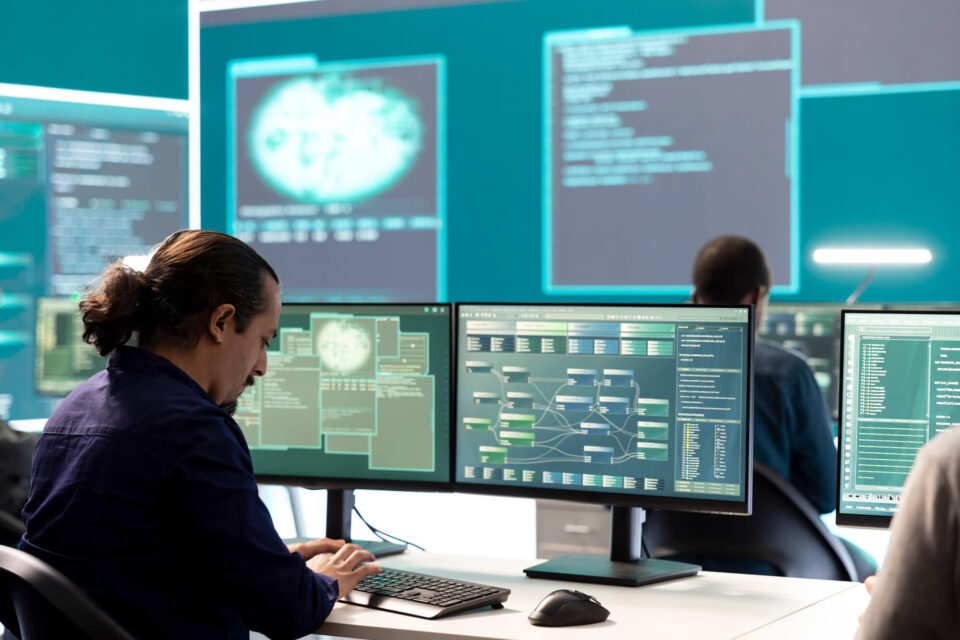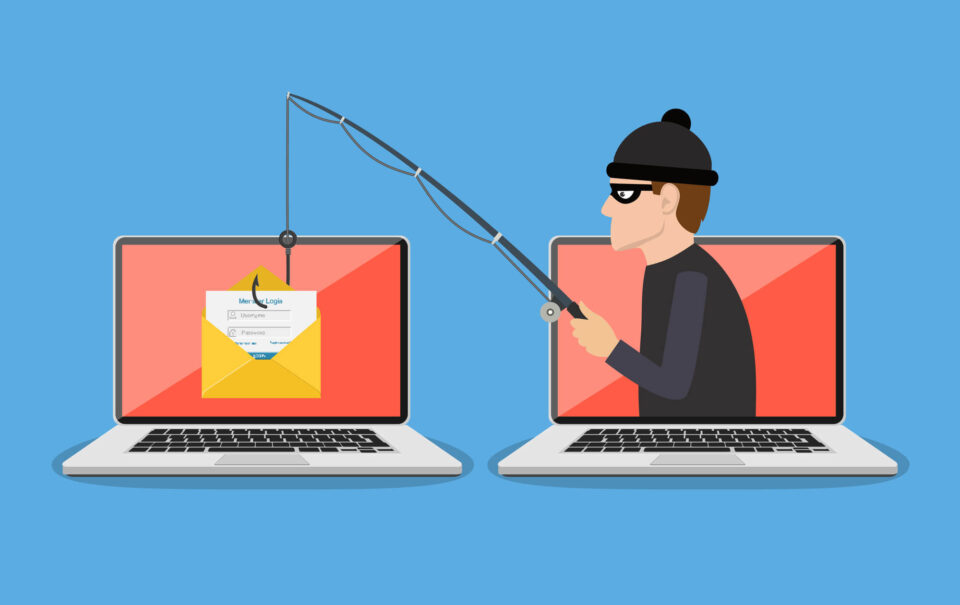Security Isn't Always Convenient
Security isn’t convenient by nature—and, if it seems convenient and easy, the truth is that it really may not be secure. Your data is valuable; you need that data to perform your job which makes it valuable to those who can prevent you from accessing it. Knowing it can be held hostage, is a lot of pressure for you as a business owner and keeping on top of a complicated discipline such as security is a full-time job. We know you have enough on your plate.
So how can you stay ahead of hackers without turning cyber security into a full-time job? Instead of the expense and restrictions of in-house hiring, consider partnering with a managed IT provider. These firms bring a wealth of skills and experience, providing top-of-the-line security solutions without adding strain to your business.
At Prime Secured, we leverage our extensive experience and knowledge in data security to support our clients. Our team, which includes specialists in cybersecurity and network management, focuses on delivering practical and effective strategies. For this article, we’ve asked them to share some of their best advice over the most important steps you can take to make your organization less vulnerable to an attack.
1. Cyber Security Training
It doesn’t matter how tightly you have your data locked up if someone gives the keys away. Your security relies on every single employee being savvy about potential traps and scams. A managed services provider can train your team to be ready for potentially damaging attacks.
Many of these scams come through email, for example. The sender may pretend to be a trusted company or member of your organization, or they might claim to have compromising information about an employee (whether they truly do or not) and then use it as leverage to get what they want. Training employees to recognize these kinds of emails and when it isn’t appropriate to share information through email (even with someone they think they can trust) is essential.
After training is complete, you can send emails simulating these scams to members of your organization to test them. This will help you know for sure who is adequately prepared and who might need a little more education. Knowing these emails are being sent to catch them off guard helps keep people on their toes, so they won’t fall for a genuine scam.
We have crafted a few additional resources for you around cybersecurity training for you to check out:
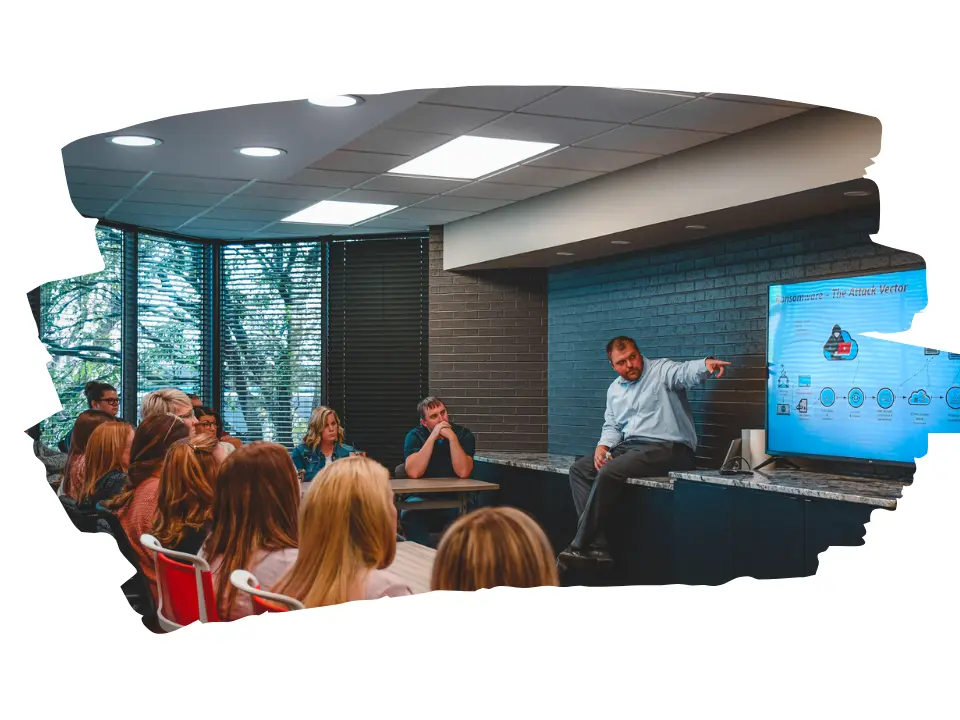
2. Keep Everything Up to Date
Security—especially cybersecurity—is an ever-shifting target. Attackers are always finding new loopholes, backdoors, and other ways of getting what they want. Fortunately, security experts are working equally as hard to close those vulnerabilities before they’re used for nefarious purposes. Keeping your software and equipment up to date will make you a much more difficult target for attackers, and a managed services company can keep you on that cutting edge.
The number one step your team can take to provide a secure system is shutting computers down at the end of every day and restarting them in the morning. While it may seem meaningless or time-consuming, completing these updates are doing more than just making things run better. They’re patching critical security vulnerabilities as they are discovered and preventing hackers from finding a way in. Shutting down and allowing updates to run is a fast, fundamental way to close security holes.
A managed services provider has experts on hand who continually track your security, and they can help you avoid pitfalls before you experience them. MSP engineers also can keep your security tools up to date, and they have the knowledge and experience to know what will help the most. Best of all, engineers can remotely schedule regular updates during a convenient time when work computers aren’t in use.
Some companies collaborate with individual software providers to ensure the safety of their products. However, it’s generally more secure to engage neutral, dedicated security experts who prioritize your best interests. These professionals can comprehensively evaluate your entire system through regular and repeated security checks
We recommend checking out: How to Maintain a Healthy Computer, for a quick list of best practices to keep your device secure.
3. Password Security
Nowhere is the push and pull between security and convenience more visible than in password security. The most secure passwords are long and complicated—and, as a result, difficult to remember. It’s also much safer to have different passwords for every piece of hardware and software you use. Using the same password repeatedly is like using the same key for your house, office, car, and everything else. If someone manages to get access to that key, they have access to everything you wanted to keep safe.
A password manager software provides the security of long, complex passwords without anyone having to memorize long strings of characters just to use programs needed every day. This tool allows you to regularly change passwords without having to memorize new ones, which streamlines access for your team. You can add yet another layer of security through multi factor authentication (MFA), which requires further proof of a user’s identity and authorization before allowing access. Busy people are often resistant to using password managers, thinking it takes away valuable time. But those extra steps are also extra hurdles for potential hackers, so it’s a critical part of keeping systems safe.
Thankfully, password management doesn’t need to be an ordeal. A managed services provider can close the gap between convenience and highly secure passwords. For example, technicians can reduce the number of prompts needed for MFA and streamline the process, so your employees quickly get to the tools they need without sacrificing security.
For more information on password best practices review: Password Best Practices: The Do’s and Don’ts
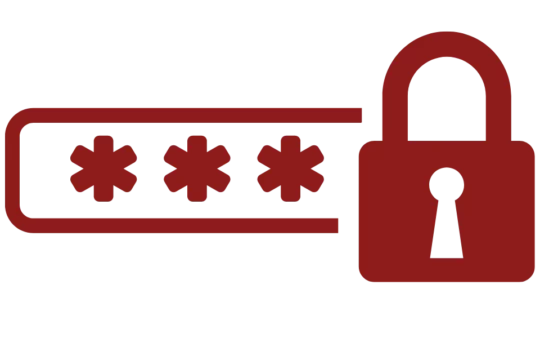
4. Physical Security
Of course, not all attempts to deprive you of your property are digital. Keeping facilities physically secure is also important for the safety of both real-world assets and data.
A card access system or other means of access control keeps you in command of who is in your building and when. Intercom systems confirm a person’s identity if they show up unexpectedly, and security cameras and intrusion detection tools can help stop a potential bad actor before he or she has a chance to cause harm. Training is also important for physical security. For example, people are inherently helpful and may want to hold a door open for someone behind them, but this is a common way for thieves to enter a building. Physical security training helps your people build good habits to keep everything secure.
Selecting, installing, and operating physical security equipment can be an especially daunting and time-consuming task, but working with a managed security provider alleviates much of that burden. These experts know which equipment has proven to work and which equipment doesn’t work as well. (Hint: The most heavily advertised systems may not be the most secure or easiest to use!) Security technicians have the knowledge and experience to easily install physical security equipment in your building—and they’ll probably be able to do it much more rapidly than your own team could. Physical security experts also provide critical basic services, such as running regular equipment checks, so you know everything is working properly.

